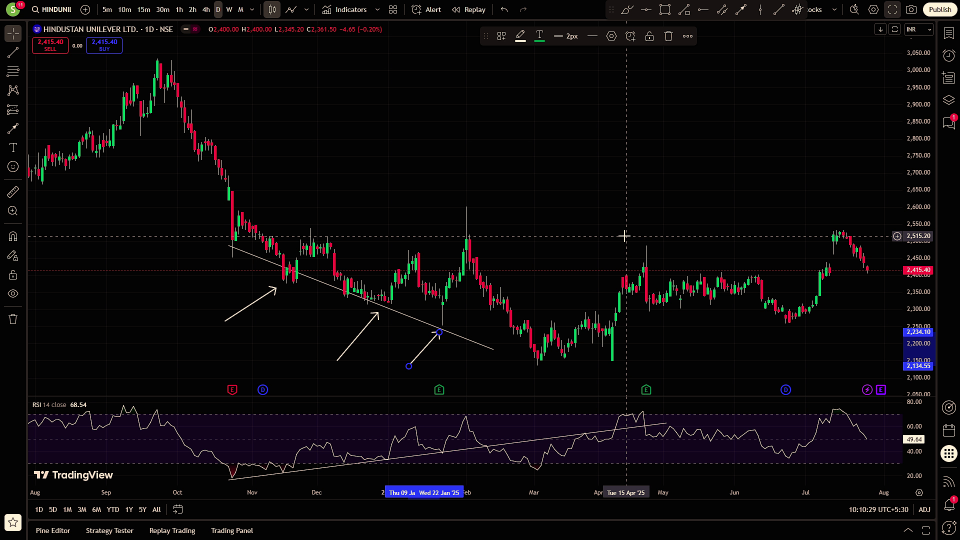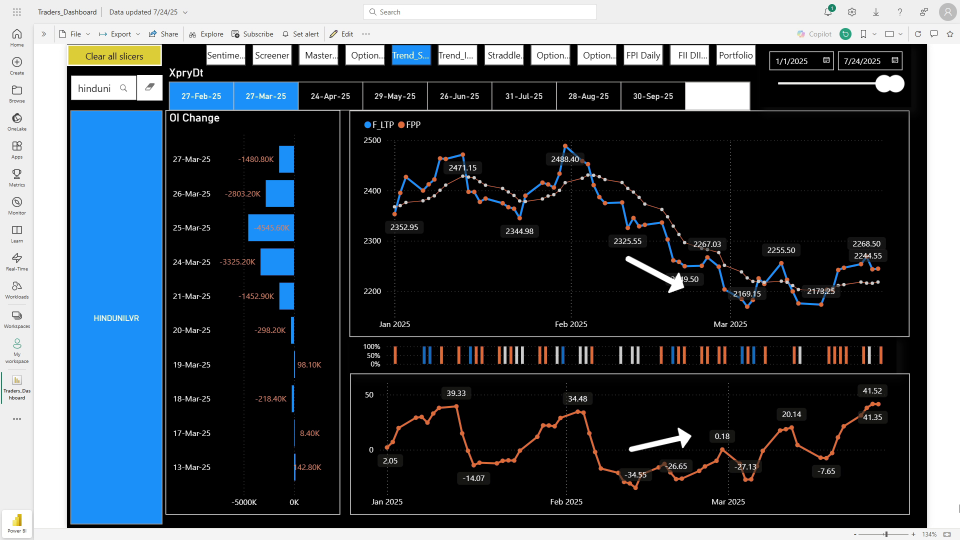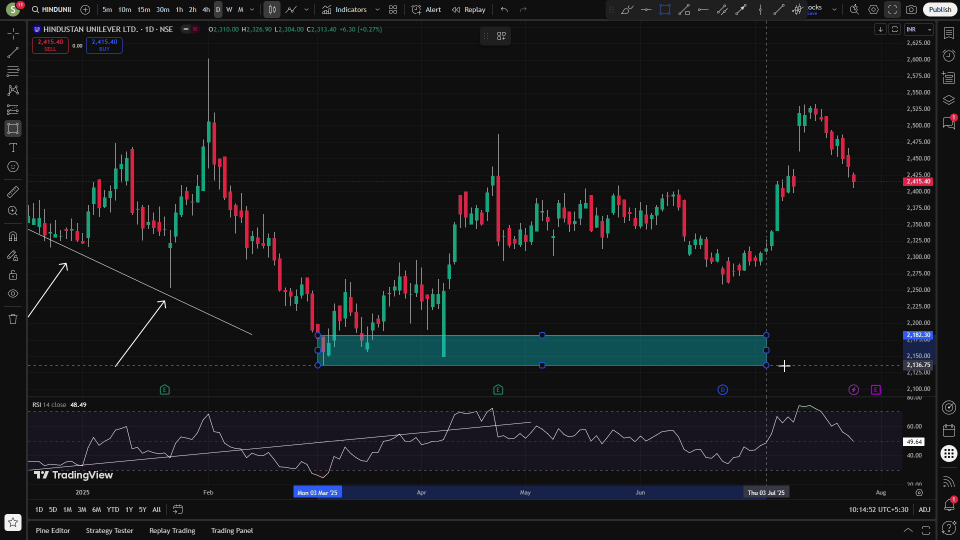There are no items in your cart
Add More
Add More
| Item Details | Price | ||
|---|---|---|---|
Sat Jul 26, 2025
Welcome to today’s blog, where we dive deep into one of the most powerful concepts in stock trading: divergence. Whether you're a beginner or an experienced trader, understanding divergence is crucial for recognizing potential market reversals. But more importantly, how can you make sense of these divergences effectively? Most traders rely on price action to analyze divergence. However, there's a more precise, data-driven approach that can enhance your trading success. Let’s explore how divergence works, why a data-driven system can be a game-changer, and how it stacks up against the traditional price action methods many traders still use.
In stock trading, divergence occurs when the price of an asset and its corresponding indicator (like RSI or MACD) move in opposite directions. This is a sign that the current trend might be weakening, and a reversal could be imminent.
However, spotting divergence is just the beginning. Correctly interpreting it is where most traders face challenges. While price action has long been the go-to tool for identifying divergence, a data-driven system takes things a step further, offering clearer, more actionable insights.
If you’ve been trading for any length of time, you’re likely familiar with price action. This approach focuses on studying historical price movements and patterns, using tools like RSI or MACD to spot divergence. But, despite its popularity, price action can sometimes lead to false signals, especially when the market is volatile or unclear. Here’s where a data-driven system shines:
With a data-driven system, you can:
Let’s walk through a real-life example — Hind Unilever. When analyzing its chart:



One of the biggest advantages of a data-driven system is its consistency. When using price action, there’s always the risk of human error. Emotions, biases, and subjective interpretations can lead to mistakes. But with a data-driven system:

Let’s focus on March 4th as a case study. On this day, the market hit a low, and a jackpot candle was formed. Here’s how a data-driven system would have helped:
When you combine the precision of divergence analysis with the power of a data-driven system, you can achieve far more consistent, reliable results than with traditional price action methods. A data-driven system provides you with an objective, systematic approach that minimizes the guesswork and emotional bias that often leads to mistakes in trading. Key Advantages of Data-Driven Systems:
If you're still relying on traditional price action methods to spot divergences, it's time to consider a data-driven approach. Data-driven systems are more than just a trend — they’re the future of smart trading. By utilizing institutional order analysis and advanced algorithms, these systems give you the clarity, confidence, and consistency needed to succeed in today’s fast-paced markets. Are you ready to stop relying on guesswork and start making more informed, data-backed decisions? Embrace a data-driven system and see how it can transform your trading journey.
